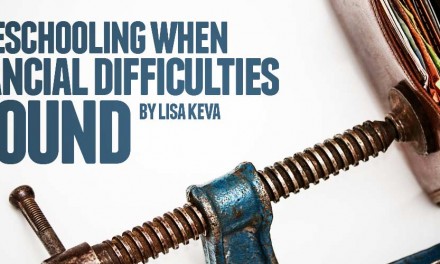“Which of you whined the most?” A young mom posed this question to her three children, ages 7, 5, and 4. Surprisingly, they all identified the same person who likewise pointed to himself. To be fair, the children had just returned from a bike ride with their aunt and uncle which proved to be a bit more demanding than they anticipated. Nevertheless, the expectation of whining is one that moms of young children are used to assessing. Whining children seems to be a universal parenthood experience.
Our office personnel is made up of moms and grandmas, with a few dads and granddads sprinkled in. I did a quick survey to see how whining is being or has been handled in some of these households. As you might expect, there was a variety of responses. They seemed to fall into several general categories, ranging from playfully mirroring the whine, to monetary incentives, to “consequences.” All recognized, though, that at the heart of dealing with ever-present whining is the responsibility to teach our children to communicate effectively. And, while an immediate goal might be to make the mom/grandma/parent’s life more pleasant in the moment, the long-term goal is to launch our children successfully into adult life.
Whining is ineffective communication – or it should be. As moms, we know that if we give in to whining, the most likely outcome is that we will get more of it. To be fair to our children, whining is sometimes the result of being over-tired (a too-long bike ride) or under-fed (we’ll eat when we get back). But, assuming we have assessed and remedied these very real, physical underpinnings of whining, what are ways we can teach our children to communicate better without resorting to whining?
“Use your words.” This is good advice for everyone all the time, but particularly needful for our children – especially when they are making a request. Other mom-responses that encourage children to stop and re-group would be, “I can’t hear (or understand) you when you whine.” With this response, we are reinforcing the idea that whining is not effective – they need to find another way to communicate. We can take this one step further by giving them the words they need (maybe one word at a time): “Please, may I have a drink?”
For more involved communication, role-playing can be a useful option. “Can you think of some ways you can say this without whining?” You can even get siblings involved in the play-acting with additional suggestions. With an older child, it might be more practical to encourage your child to implement a plan to talk through a problem (otherwise known as a whine-instigator) — “Can we talk about this, mom/dad?”
So, what happens when the whining persists in spite of all our excellent conversation redirects? Usually, a set of pre-determined consequences are the best follow-up. Time-out or quiet time would be options. I’ve sometimes used a system of monetary rewards but one that works in reverse. At the first of each week, I would deposit a chunk of coins into a cup. If the child whines (or otherwise breaks one of the house rules), I would very visibly but without conversation take one coin out of the cup. At the end of the week, the child would get whatever amount is left. I did find there was a certain sort of inflation that happened as my kids got older, though. We started with a roll of pennies when they were quite young; the last time I used the method when they were somewhat older, I was using rolls of quarters.
Like so many child-raising things, effective whine re-education involves consistency. The only real way to effectively teach our children that whining is NOT effective communication is to make sure that it does not produce the results they want. That whining request for candy at the check-out line will become a constant litany if we give in to it – seemingly only once amidst a hundred “no’s.”
Which brings me to my final point. Are we as parents doing anything that is contributing to the whining behavior of our children? Maybe we need to do a little soul-searching – or comment-searching to see if whining is part of our own communication to our children or other family members. We can set a good example by correcting ourselves. Perhaps there are particular behaviors of our own that always elicit a whining response from our children. We can change.
Becoming more aware of when and why our children are whining is the beginning step. Becoming aware of any whining-like behavior of our own is another step. Developing a thoughtful approach and putting the effort into consistency pulls it all together. ~ Janice





